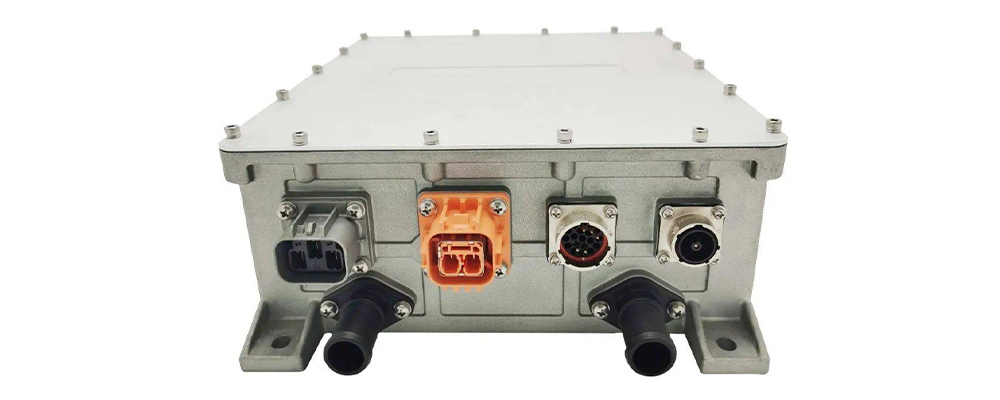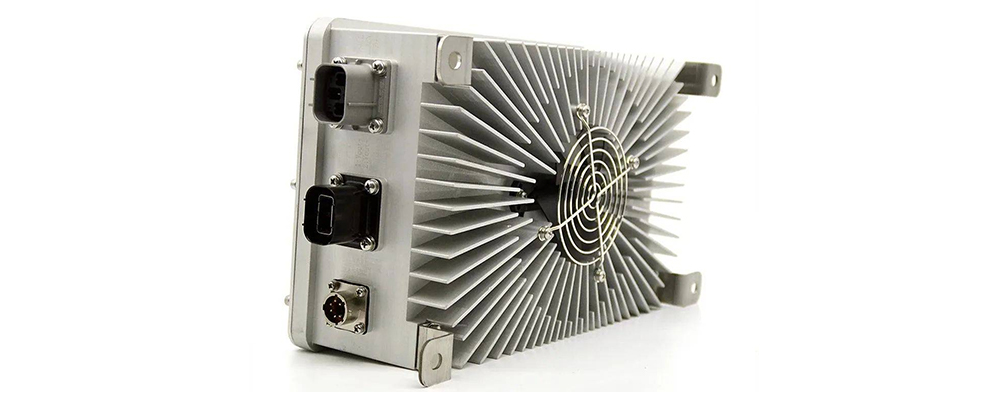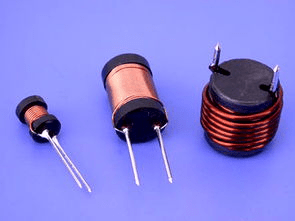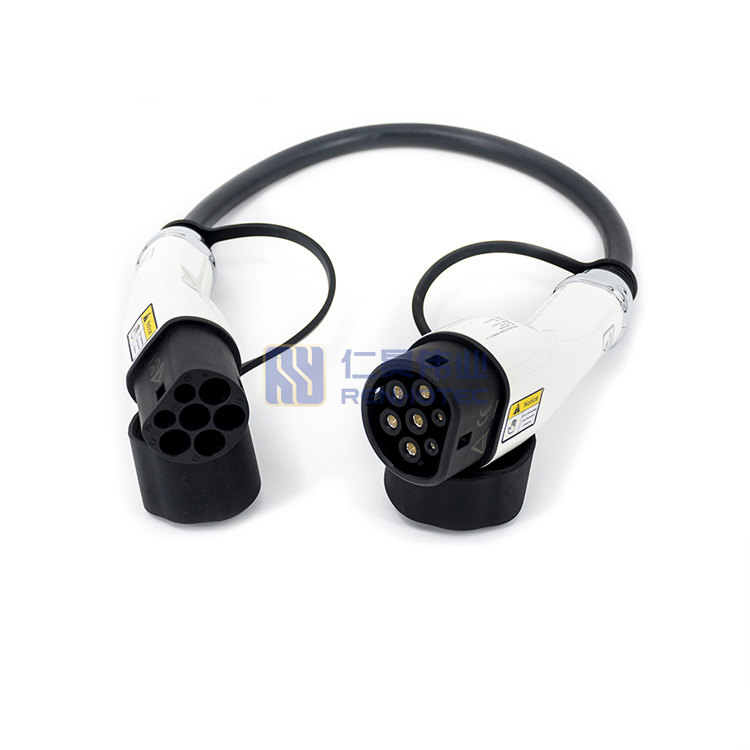Under the trend of all-in-one integration, what are the technical difficulties faced by on-board charger OBCs and DC/DC converters? What kind of technical challenges are posed to inductors and transformers? In this article, we discuss the technical trends of OBC and DC/DC converters for on-board chargers, the applications of inductor transformers and cores, the technical difficulties faced and the future development direction.

Cost share of inductors and transformers in the field of on-board chargers (OBC) and DC-DC converters
Inductors and electronic transformers are essential electronic components in on-board chargers and DC/DC converters. The number of inductor transformers in different power OBC and DC/DC is different.
For example, 3.3kw On-board Charger, generally single PFC and single isolated DC/DC, i.e., a PFC inductor and an isolation transformer. 6.6kw On-board Charger, generally two PFC and single isolated DC/DC, i.e., two PFC inductors and an isolation transformer. 11kw On-board Charger, generally three-phase single PFC and single/two isolated DC/DC. That is, three PFC inductors and one or two isolation transformers.
Generally speaking, power inductors and transformers account for about 15-25% of the cost of the whole machine. The inductor-transformers account for a slightly higher percentage of the cost in OBCs. Because OBCs require more heat dissipation than DC/DC converters.
Inductive transformer cost share also varies depending on the solution of each company. First, small power with a single transformer, high power with multiple transformers in parallel. Second, different power using different inductive transformers. Third, in order to achieve the standardization of inductive transformer uniformity. 3.3kw with 1, 6.6kw with 2, 10kw and 11kw with 3; mainly depends on the machine manufacturer program selection.

Technical requirements for inductive transformers for On-board Charger and DC/DC converters
The all-in-one integration, high power, miniaturization, intelligence and cost-effective of vehicle power supply have become the development direction of the products. This puts higher requirements on electronic transformers and inductors.
Currently there are two mechanisms for integration. One is multi-part assembly, this relatively little change. The second is circuit integration, more typical is the OBC and DC/DC circuit integration, with the original independent circuit program compared to the changes are very large, the difficulty is also more difficult, the design of the transformer is also more difficult.
The requirements for inductors and transformers are mainly reflected in two aspects. One is the design of the inductor transformer, such as how to design the size of the magnetic flux on each shape and each column. The second is the processing process is completely changed, how to realize automated production.
The inductor and transformer also put forward the requirements of cost reduction. One is to improve performance, the same price. One is to lower the price when the performance remains the same. In the all-in-one trend, the requirements for inductors and transformers is nothing more than to increase performance and reduce costs.

Challenges and requirements for inductors and transformers in OBC and DC/DC converters
With the new energy vehicles in the power system requirements are getting higher and higher, on-board power integrated design has become a trend. The on-board charger OBC, DC/DC converter and high-voltage power distribution unit integration has gradually become the mainstream of the on-board power supply program.
Through the integration of on-board power supply, it makes the product’s advantages in high power, miniaturization, integration, intelligence, cost-effective, etc. more prominent, and this new energy is therefore recognized and trusted by more domestic and foreign customers.
As OBC and DC/DC circuit topologies move toward higher efficiency, smaller size, and lower cost, inductors and transformers are facing technical challenges such as high frequency, durability, and high density magnetic integration. Inductors and transformers are facing technical difficulties such as high frequency, durability, and high density magnetic integration. Inductors and transformers also put forward a variety of requirements.
- First, the need to continuously improve the degree of magnetic integration to enhance the performance of inductors and transformers, reduce the size and cost.
- The second is the need to continuously improve the production of enterprises to deal with the ensuing weak management problems. Especially for small and medium-sized enterprises. If the degree of automation is not high, technological innovation is not enough, lack of R & D capabilities. It is likely to be kicked out of the market competition.
- Third, the need to continuously improve the inductor, transformer frequency to cope with the application of third-generation semiconductor materials. Especially in the 300KHz, 500KHz and even higher operating frequency how to protect the inductor, transformer high-frequency loss.
- Fourth, with the demand for heat dissipation performance continues to improve, the future super charging pile may gradually introduce liquid cooling cooling method. The inductor, transformer airtightness also puts forward new needs, the need to achieve IP68 or even higher protection level.
Summary
At present, inductor and transformer companies in the field of automotive power supply with high degree of domestic substitution, fierce competition is conducive to forging better enterprises, thereby promoting the industry to better and faster development.
Renhotec New Energy is looking forward to a broader market in the field of vehicle power supply in the future with the continuous maturity of vehicle power supply, and upstream and downstream manufacturers through continuous cooperation.

